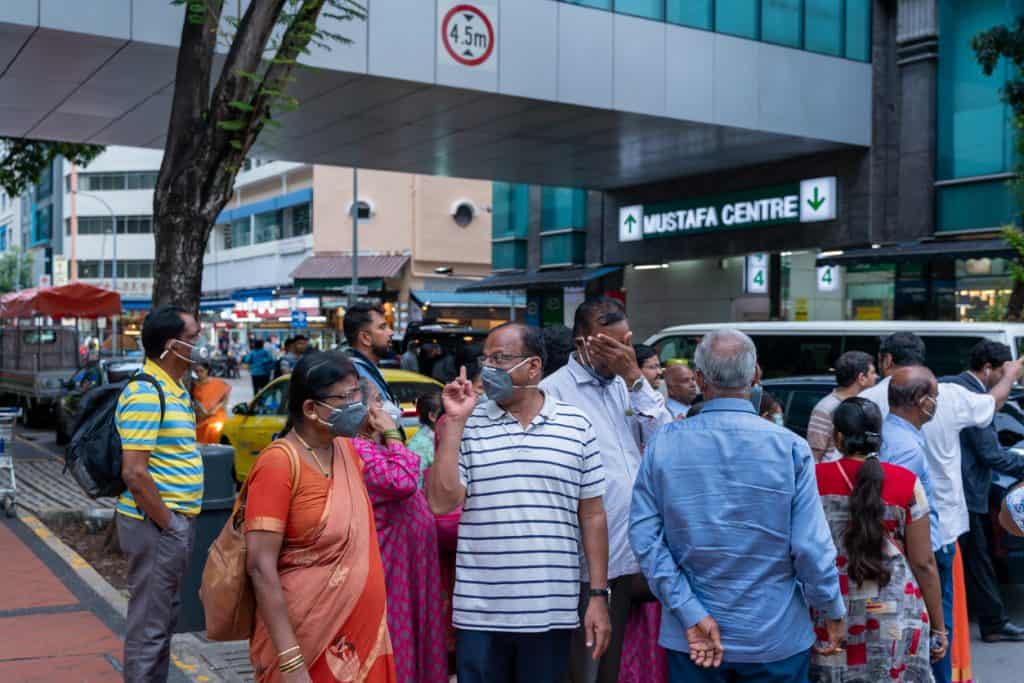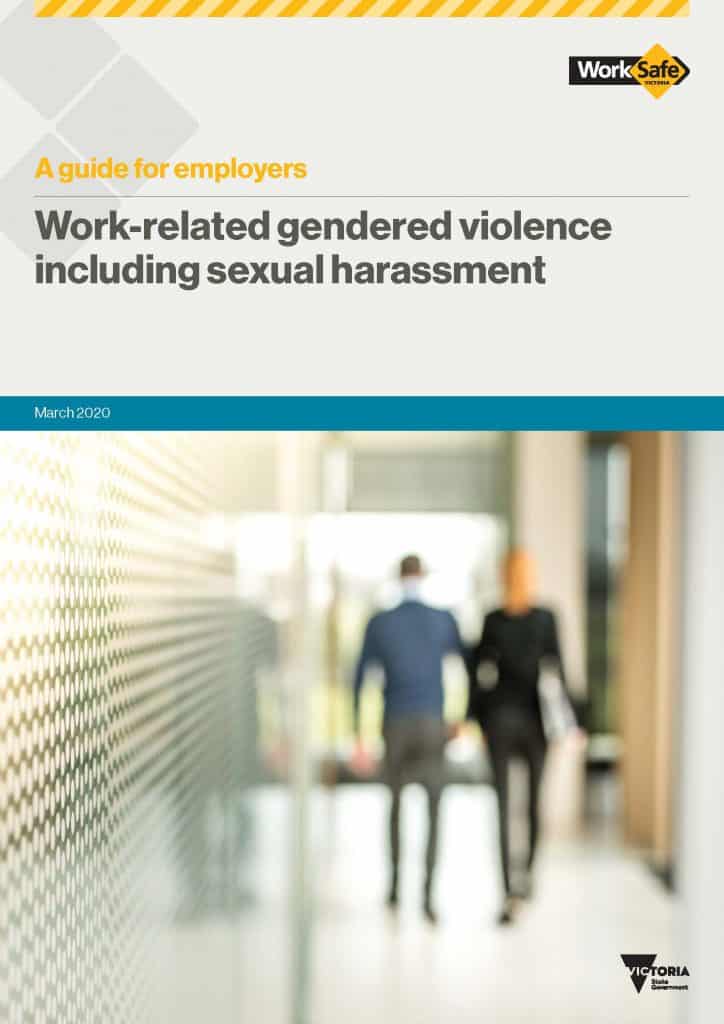
HRDaily unlocked an article concerning workplace sexual harassment on March 6 2020. The article was written by lawyer Fay Calderone and SafetyAtWorkBlog sought clarification from her on a number of points.
Some of the issues raised in the original article and Calderone’s responses will be discussed in a secondary article.






